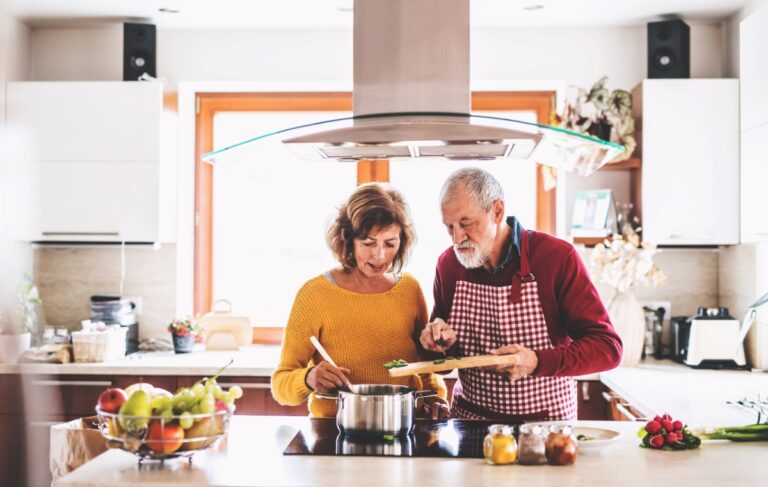In most homes, the kitchen is the hub of activity. It's where we gather and prepare meals using ovens, countertops, and all sorts of small appliances. However, findings published in a 2022 Harvard T.H. Chan School of Public Health study indicate that the kitchen may not be as safe a space as previously thought. The study found that homeowners using gas stoves may be exposed to air pollutants such as benzene, xylene, and hexane, which increase the risk of many health problems such as asthma and cancer. It turns out it's possible. In April 2023, New York became the first state to ban gas stoves in new buildings by 2026. Several California cities are also trying to follow suit.
Gas stoves aren't the only risk to air quality in your kitchen. No matter what type of stove you use, the smoke produced when doing certain cooking methods, such as stir-frying or deep-frying, can increase your risk of lung cancer. The good news is that with proper use of range hoods and other easily implemented measures, toxicity levels can be significantly reduced. Use these techniques to improve ventilation in your kitchen and bring healthier air into your home.
Related: Gas or electricity?Choose your next stove wisely
1. Turn on the range hood every time you use the stove.
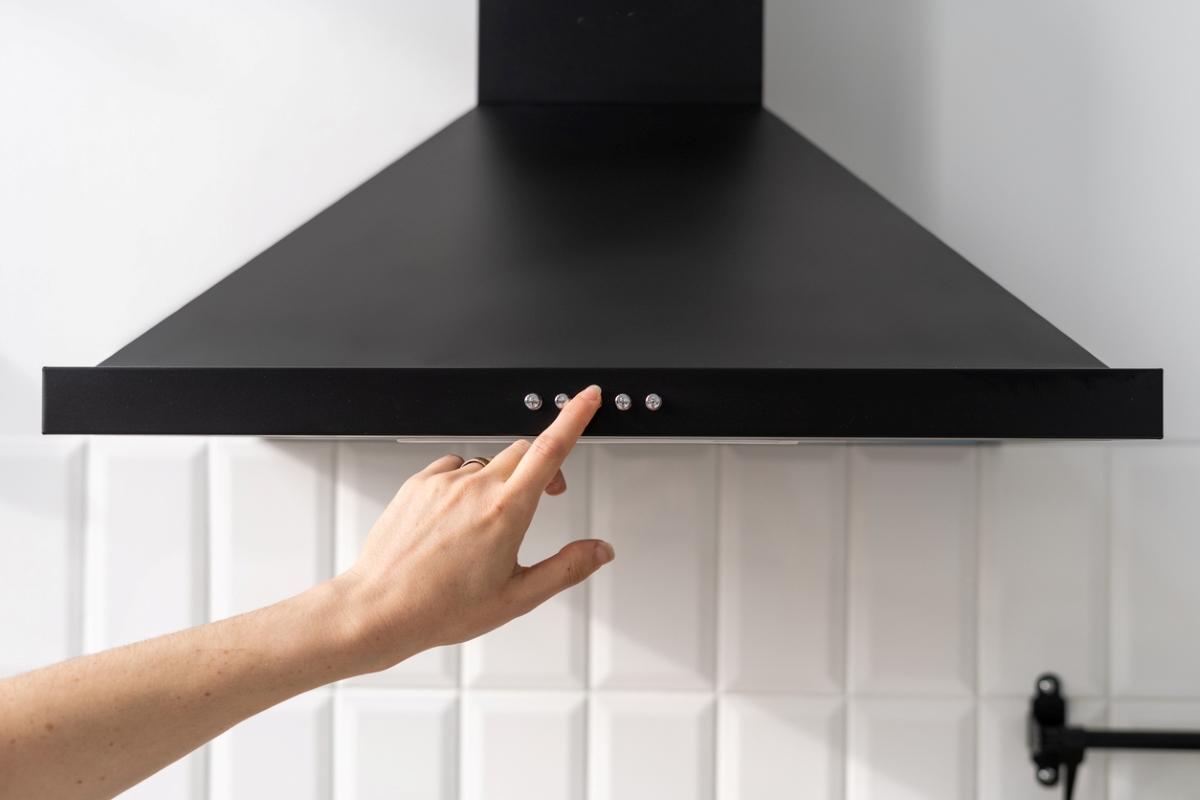
To reduce odors, improve air circulation, and trap particulates from burnt or greasy food, turn on your range hood every time you use the stove, and also when you start cooking. . Don't wait until cooking is finished to turn on the kitchen extractor fan.
Get into the habit of using a range hood regularly, and at the same time, get into the habit of properly maintaining the equipment so that it can perform its intended functions. If your range hood has a disposable filter, replace it at least once a year, and more if you use your stove frequently. The metal mesh and baffle filter can be removed and cleaned with dish soap and a wire brush. If you notice grease buildup, holes, distortion, or corrosion on your filter, clean or replace it immediately.
Related: Solved! What is a convertible range hood?
2. Use a splatter screen.
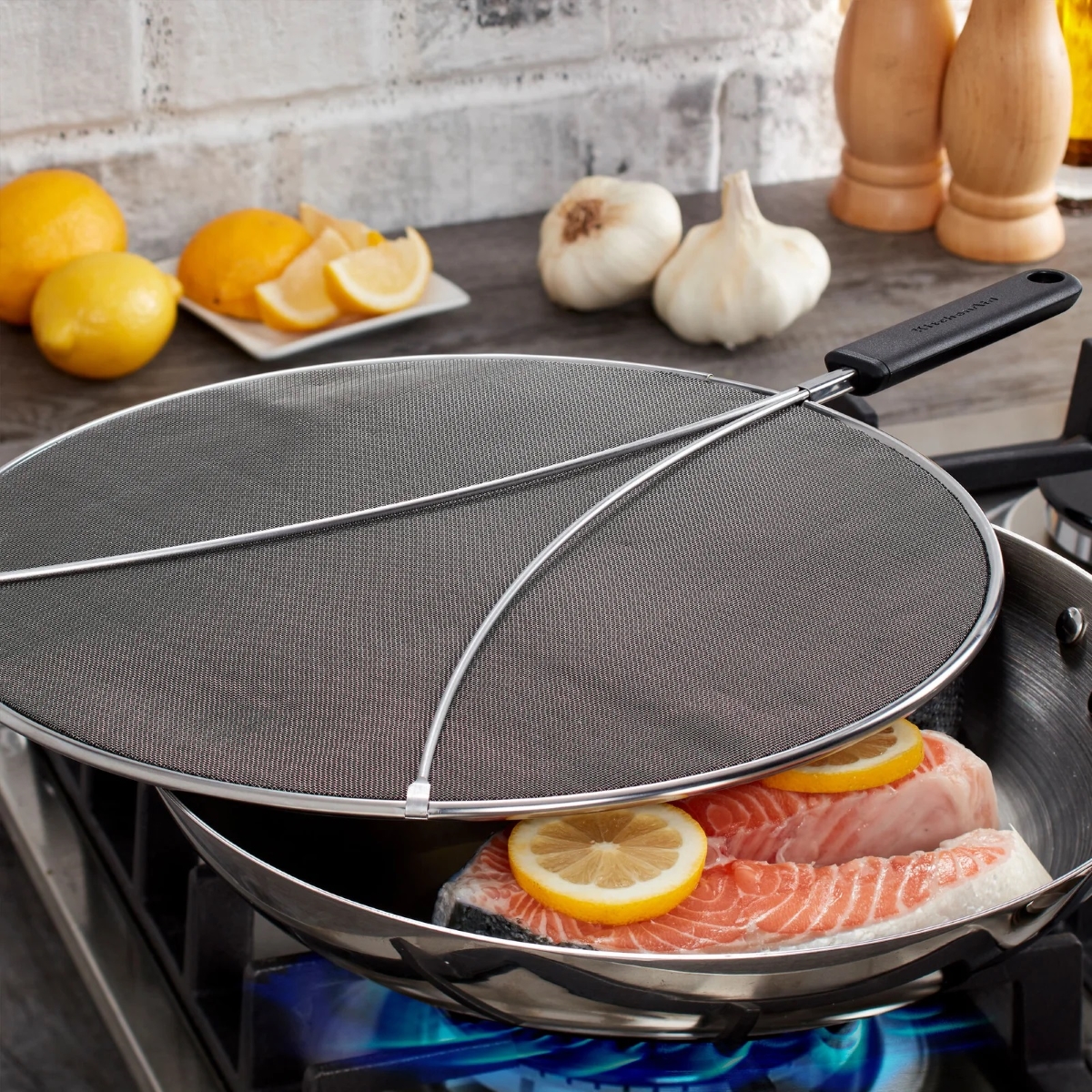
Minimizing grease in your kitchen reduces airborne particles and helps prevent cooking odors. Your biggest weapon in the fight against grease stains is a splatter screen with an odor-absorbing carbon lining, like KitchenAid's Gourmet Odor-Absorbing Splatter Screen. Many screens are dishwasher safe, but they require a lot of space. To hand wash this air quality helper, all you need is a sponge and hot soapy water.
Related: How to remove grease from kitchen cabinets
3. Use a fan to circulate the air in your kitchen.
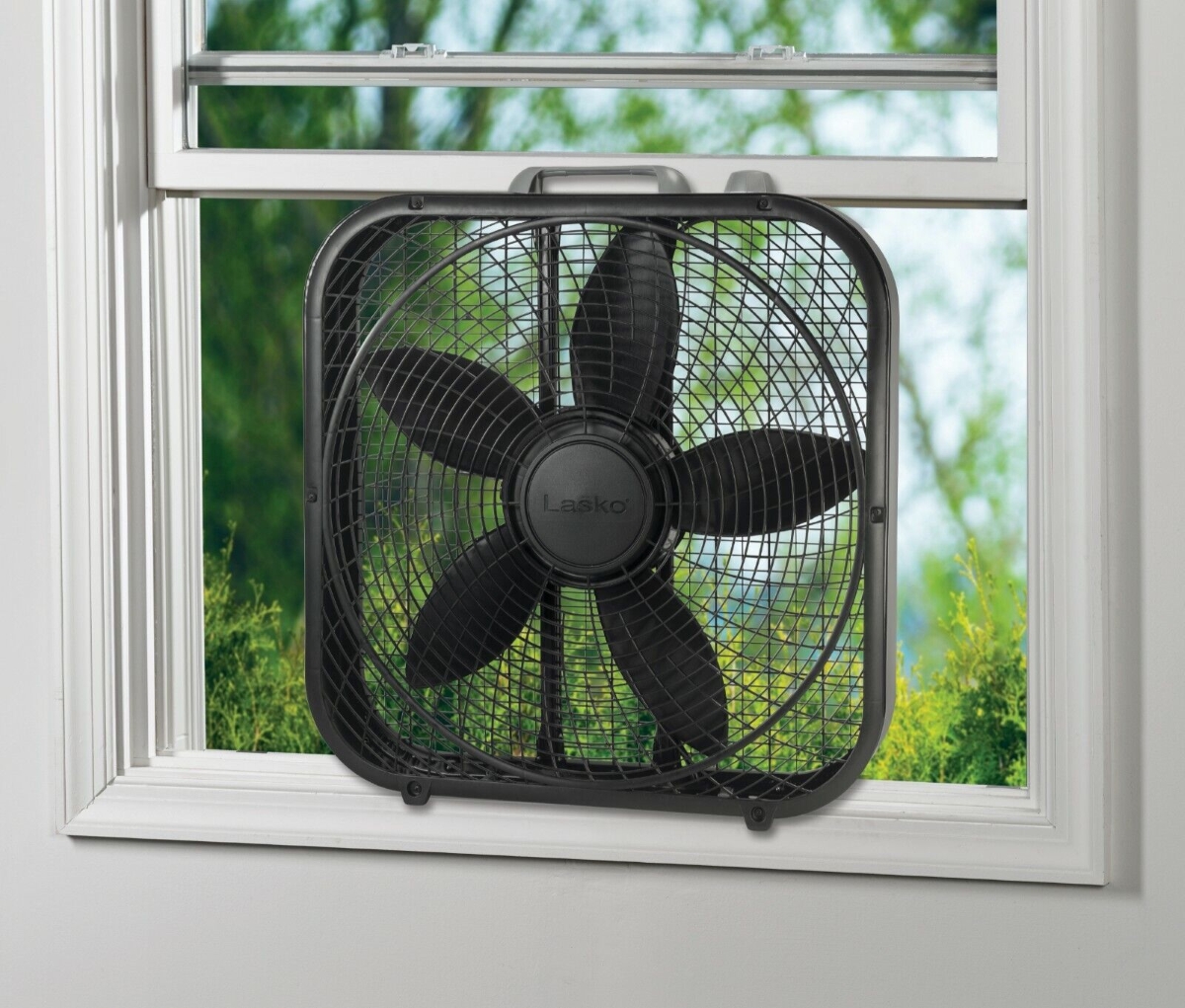
If your kitchen doesn't have a range hood, the next best thing is to install a fan in or near the kitchen window to improve kitchen ventilation. There are many different types of window fans that you can buy. Some, like the Bionaire window fan, have two fans in one unit and allow the user to reverse the direction of the airflow to push stale air out of the kitchen.
Placing a basic box fan in a window also helps ventilate the cooking zone and is almost as effective as a window fan. Place a box fan, such as the PELONIS 3 Speed Box Fan, within the frame of your kitchen window and close the window so that it fits snugly over the top of the fan. Close the gap on the side of the fan. Orient the blades so that the fan blows fresh air into the room and sucks out stagnant smelly air. If you don't have a window in your kitchen, open a window in a nearby room, bring a fan into the kitchen, and place it facing outside in the doorway to draw air in from the kitchen. To move air more efficiently between rooms, consider an oscillating fan with an ionizer feature to help purify the air. The vibrations help move the air better and the ionizer filter captures allergens.
RELATED: Buyer's Guide: The best floor fans we tested this year
4. Connect the HEPA air purifier.
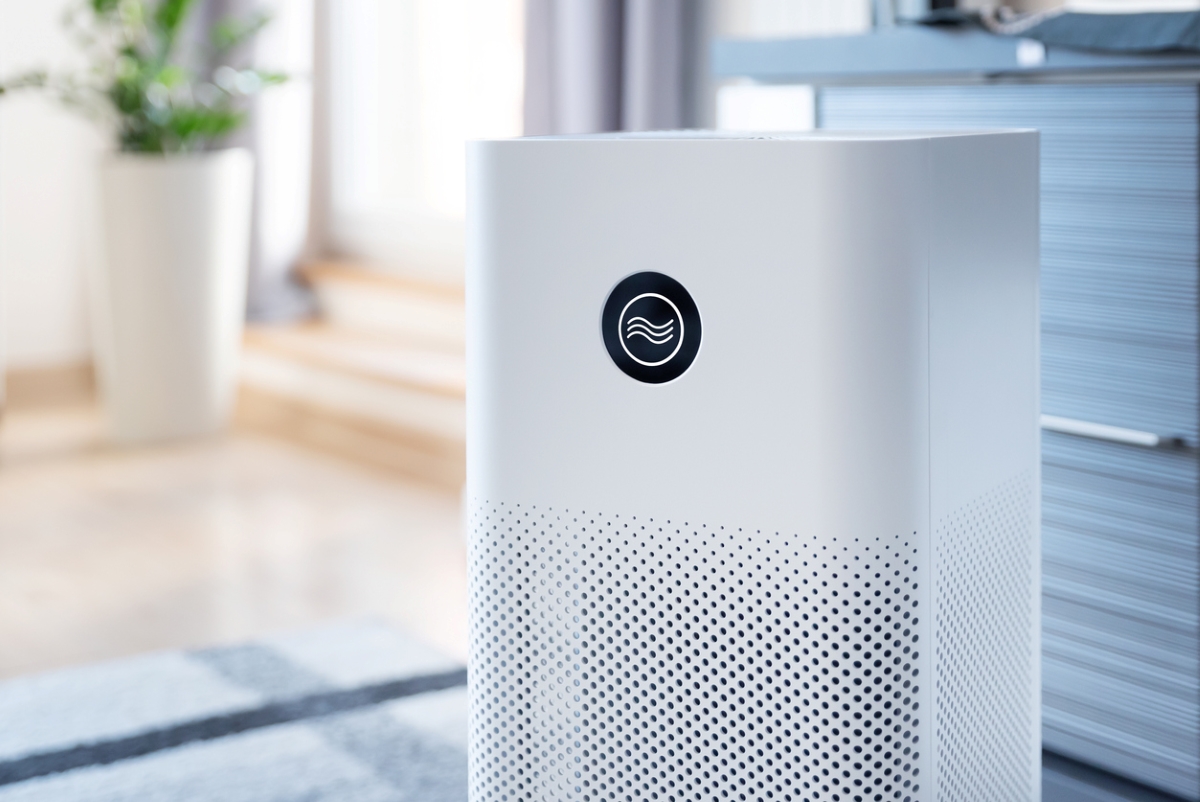
Air purifiers with hospital-quality HEPA filters remove over 99.7% of particles larger than 0.3 microns in size. If you cook with gas or suffer from asthma or other cardiovascular conditions, look for HEPA filters recommended for multiple chemical sensitivities (MCS) and improve ventilation in your kitchen Please install it in the cooking space. To ensure that the unit you purchase can accommodate the amount of air in your space, calculate the square footage of your room (the product of length and width) and compare it to the manufacturer's specifications.
Related: How to test the air quality in your home
5. Open the window.
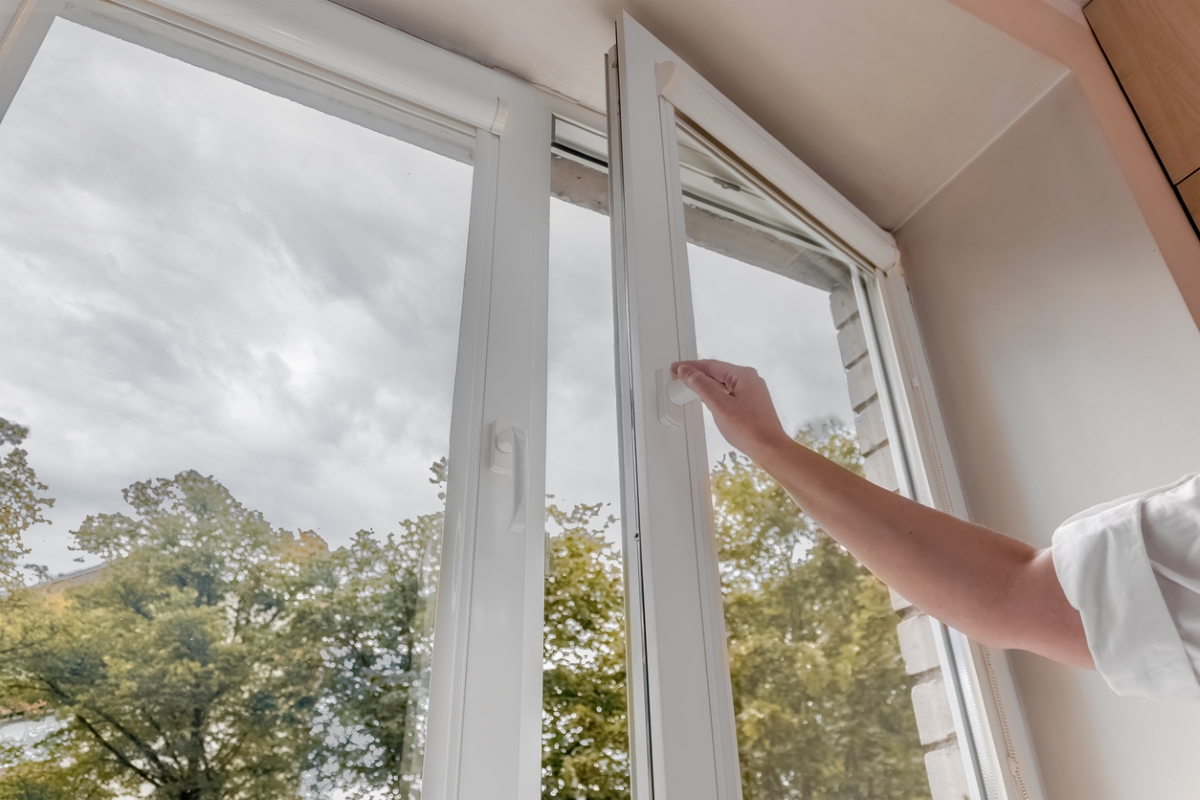
Opening windows lets fresh air into your home, but the way you do it has the biggest impact on airflow and improves ventilation in the kitchen while preparing meals. For best results, leave interior doors open and open a combination of windows and exterior doors to create drafts. This allows air to not only enter your home, but also to move through your home and push stagnant, polluted air out.
After all, fresh or filtered air is the best way to prevent bad airflow in your kitchen, so avoid the temptation to just spray air fresheners to mask odors. These products actually increase pollution levels without addressing the root cause.


